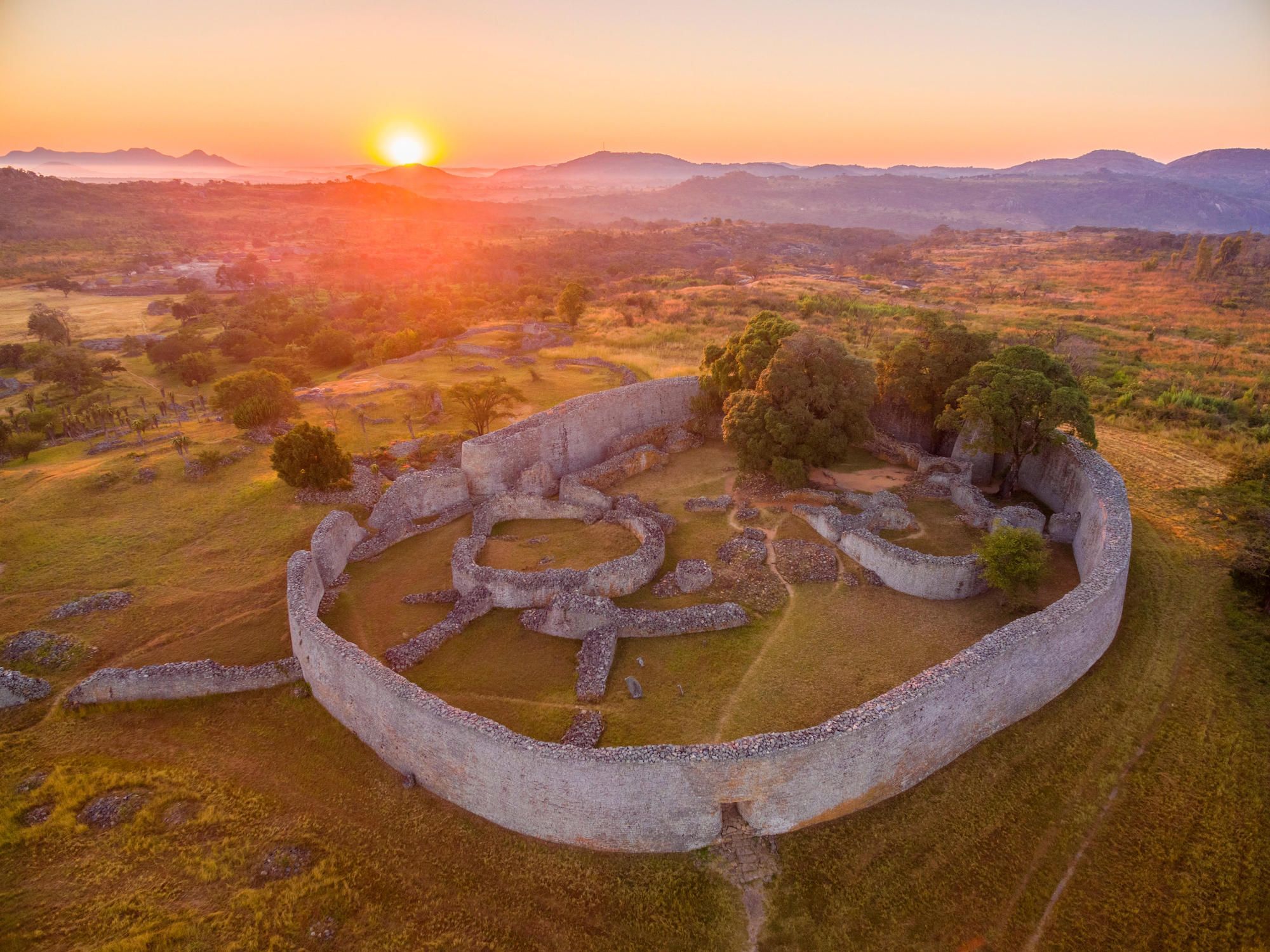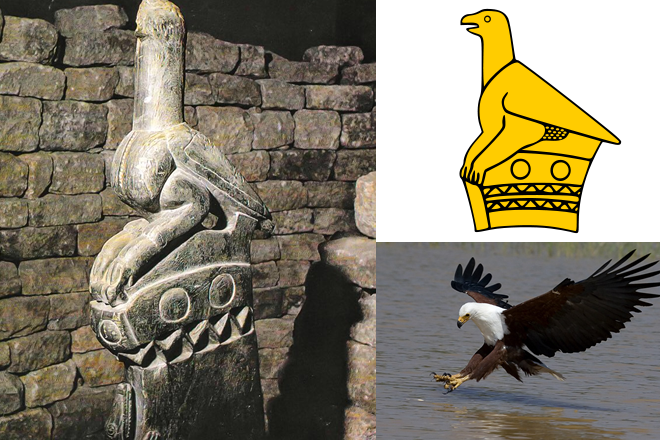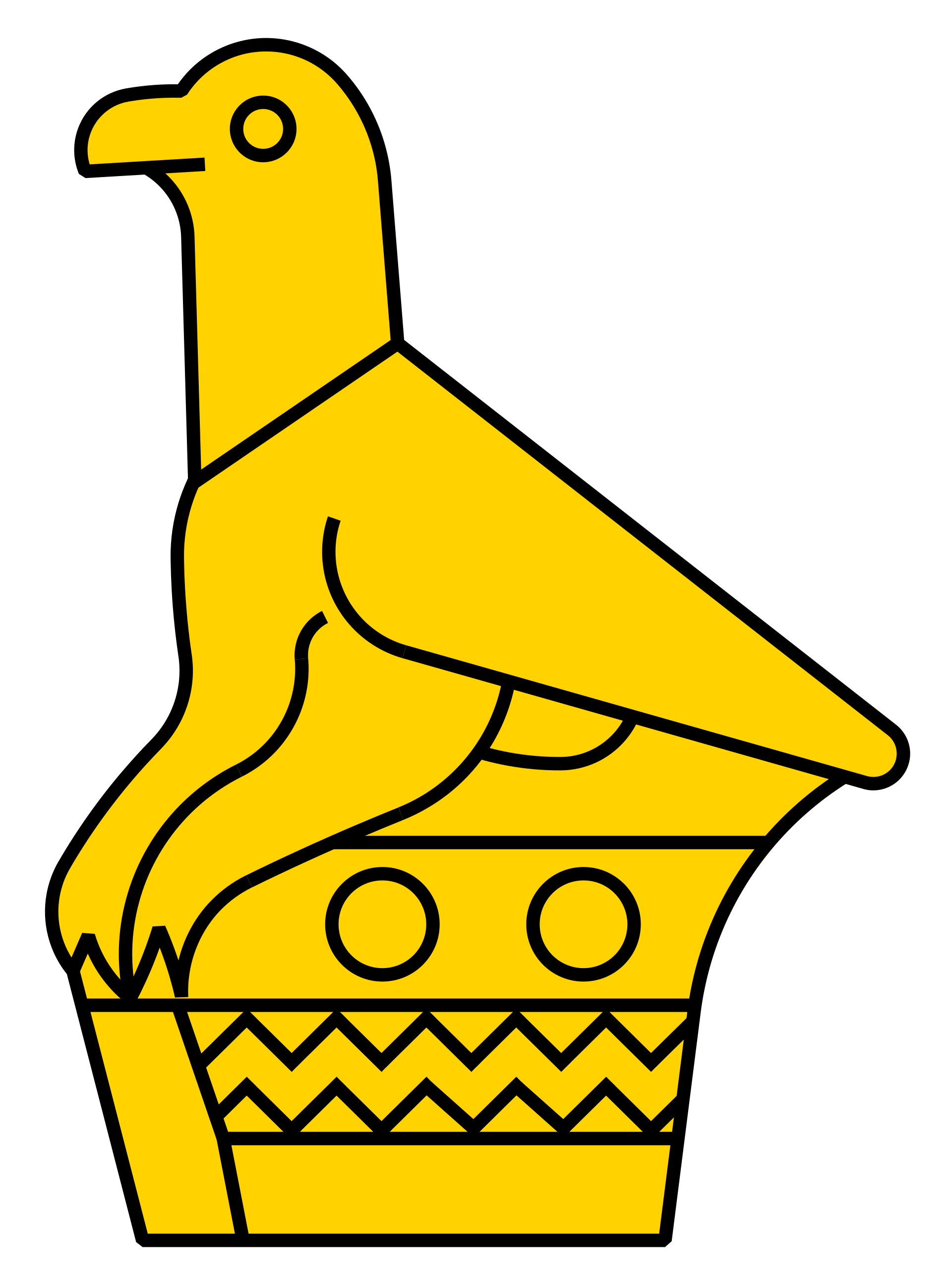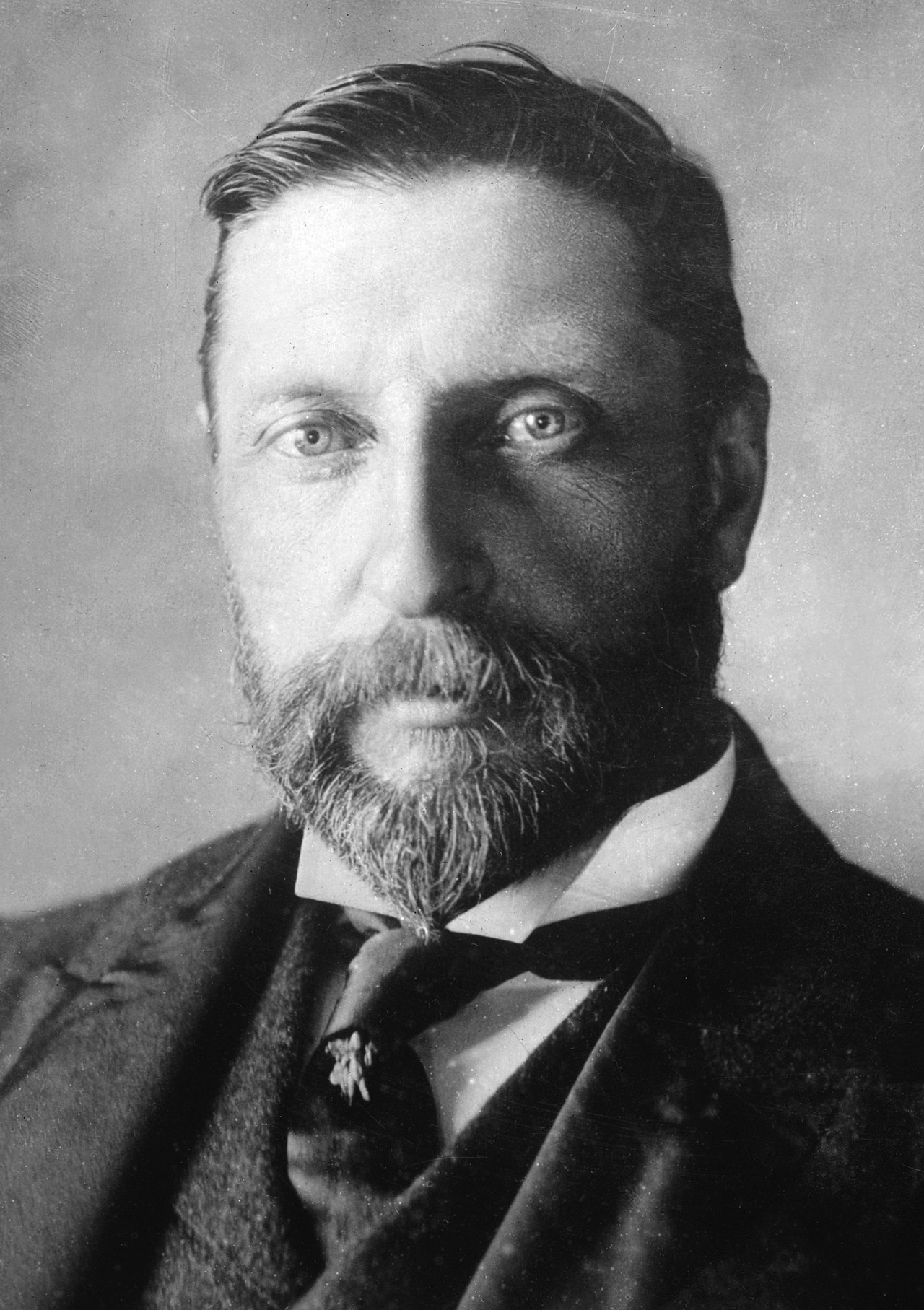ORIGIN OF SHONA
and THEIR ART
This page discusses the SHONA tribe of Zimbabwe and the background associated with their art. I have included aspects of creative writings because there will be familiarity to readers in these references, – and Pablo Picasso because he was influenced by African art.
I have enjoyed the discovery of SHONA art, and I hope you enjoy reading this content.
HISTORY – THE GREAT ZIMBABWE RUINS
Africa does not have a history of written language; their history is verbal and was passed down as stories told from generation to generation. Archaeological investigations have revealed aspects of the history, with the occasional references of Portuguese explorers/writers until the late 1800’s.
About the 4th century AD a tribe arrived in Zimbabwe (formerly named Rhodesia) and established a residence in an area referred to as Great Zimbabwe (which is where the country name Zimbabwe came from). It grew somewhat over the next 300 to 400 years, used primarily as farmland. The stone buildings of Great Zimbabwe started in the 11th century, and continued for the next 300 years until the14th century. It is not clear who built the stone structures, but they are spread over a large area of more than 1,800 acres.
Among the edifice’s most prominent features are its walls, some of which are eleven metres high. They were constructed without mortar (dry stone construction). Eventually, the city was abandoned and fell into ruin.
The earliest known written mention of the Great Zimbabwe ruins was in 1531 by Vicente Pegado, captain of the Portuguese garrison of Sofala, on the coast of modern-day Mozambique, who recorded it as Symbaoe. The first confirmed visits by Europeans were in the late 19th century, with investigations of the site starting in 1871.
The word great distinguishes the site from the many hundreds of small ruins, now known as “zimbabwes”, that spread across the Zimbabwe Highveld. There are 200 such sites in southern Africa, such as Bumbusi in Zimbabwe and Manyikeni in Mozambique, with monumental mortarless walls; Great Zimbabwe is the largest of these.
The majority of scholars believe that it was built by members of the Gokomere culture, who were the ancestors of the modern Shona tribe in Zimbabwe.

The Great Enclosure
Its most formidable edifice, commonly referred to as the Great Enclosure, has walls as high as 11 meters, extending approximately 250 meters, making it the largest ancient structure south of the Sahara Desert.
SOAPSTONE BIRDS

The soapstone birds are one of Zimbabwe’s symbols. Today, the soapstone birds can be found on Zimbabwe’s flag.
There are eight birds that were carved from a micaceous schist (soapstone) that were found in the ruins of Great Zimbabwe.
These eight sculptures combine both human and bird elements. For instance, the bird’s beak is substituted by lips while its claws are changed to feet. Slots in a platform in the Eastern Enclosure of the Hill Complex appear designed to hold the monoliths with the Zimbabwe birds, but as they were not found in situ, it cannot be determined which monolith and bird were where. One of the carvings is in the British Museum.
It is unsure what the birds symbolized; but it is thought that they represent the bateleur eagle – a good omen, protective spirit and messenger of the gods in Shona culture. The most prevalent theory is that they were the emblems of the royalty.
From the crest of Zimbabwe
Its most formidable edifice, commonly referred to as the Great Enclosure, has walls as high as 11 meters, extending approximately 250 meters, making it the largest ancient structure south of the Sahara Desert.

MINING AT GREAT ZIMBABWE
There was iron-age mining of metal, and of gold discovered at the site. There is speculation about the amount of gold extracted, and it certainly was used as a major trade commodity along with ivory. Some estimates indicate that more than 20 million ounces of gold were extracted from the ground. This, of course, took many years (decades) to realise.
KARL MAUCH and THE QUEEN OF SHEBA.
The ruins were rediscovered during a hunting trip in 1867 by Adam Render, a German-American hunter, prospector and trader in southern Africa, who in 1871 showed the ruins to Karl Mauch, a German explorer and geographer of Africa.
Karl Mauch recorded the ruins 3 September 1871, and immediately speculated about a possible Biblical association with King Solomon and the Queen of Sheba, an explanation which had been suggested by earlier writers such as the Portuguese João dos Santos. Mauch went so far as to favour a legend that the structures were built to replicate the palace of the Queen of Sheba in Jerusalem, and claimed a wooden lintel at the site must be Lebanese cedar, brought by Phoenicians. The Sheba legend, as promoted by Mauch, became so pervasive in the white settler community as to cause the later scholar James Theodore Bent to say: –
“The names of King Solomon and the Queen of Sheba were on everybody’s lips, and have become so distasteful to us that we never expect to hear them again without an involuntary shudder.”
These issues of Gold and King Solomon’s Mines formed the basis of Rider Haggard’s adventures stories.
SIR HENRY RIDER HAGGARD
Sir Henry Rider Haggard was a prolific writer and produced some 58 fiction and 10 non-fiction books.
King Solomon’s Mines (1886) was one of the first fiction books and used the discovery of the Great Zimbabwe Ruins as the foundation of the story; Haggard was living in Transvaal, South Africa, at the time. The hugely popular King Solomon’s Mines is sometimes considered the first of the Lost World genre. She and Allan Quatermain followed.
She is generally considered to be one of the classics of imaginative literature, and with 83 million copies sold by 1965, it is one of the best-selling books of all time.

H Rider Haggard
The 1965 film She was produced by Hammer File Productions; it starred Ursula Andress as Ayesha and John Richardson as her re-incarnated lover.
Allan Quatermain formed the template for the Indiana Jones series of films.
Look to King Solomon’s Mines for a good idea on the feel and tone Lucas and Spielberg were after with their Indiana Jones outings.
